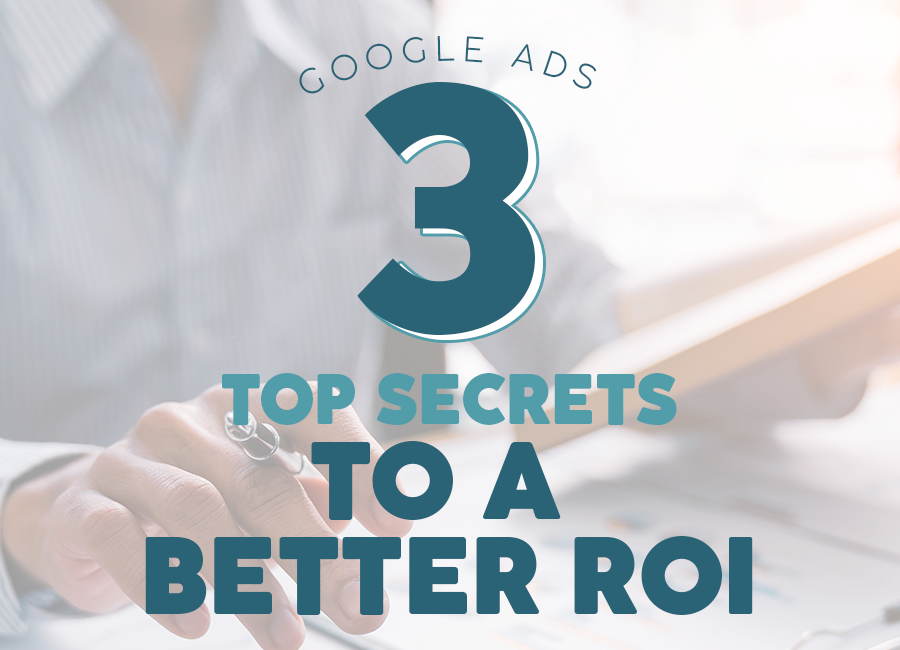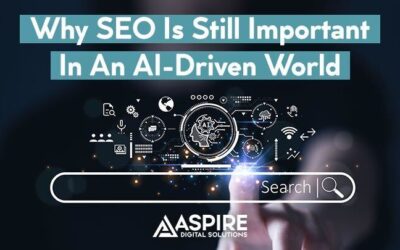Google Ads can be a goldmine for businesses – when done right. But without the right strategy, it can feel like you’re just throwing money into a black hole. If you want to make your investment count, you need to refine your approach and focus on strategies that actually work. Let’s take a look at three secrets we’ve discovered that can help you maximize your ROI, and turn those clicks into actual customers.
1. Leverage Negative Keywords to Refine User Intent
Not all clicks are created equal. Yes, some might lead to conversions, but a lot of others just end up being budget wasters. That’s where the magic of negative keywords come in. Negative keywords are the unsung heroes of a successful ads campaign. By using a robust and frequently updated negative keyword strategy, you can filter out irrelevant traffic and focus on users with real intent.
Why Negative Keywords Matter:
- They make sure that your ads aren’t shown for unrelated or low-intent searches.
- They save you money by preventing clicks from people who are unlikely to convert.
- They improve the quality of your audience – leading to better conversion rates.
Pro Tip: Consider adding your own business name, and the names of your competitors to your negative keyword list. Why? If someone is already looking for your specific business, they’ll most likely find you organically in search results. Similarly, clicks on your competitor’s branded searches will often come from people who are already loyal to that competitor. When you filter these out with a negative keyword list, you can use your budget on higher-intent opportunities.
Example:
- If you’re a luxury golf putting green installer, you might think about adding “budget” or “cheap” to your negative keywords list, to avoid wasting money on traffic that isn’t your target market.
2. Fine-Tune Your Location Settings
Location targeting is a strategy that can make or break your Google Ads campaign, especially if you’re a local brick-and-mortar business. People’s willingness to travel for your product or service is something that matters, and wasting ad spend on customers outside of your practical reach is a very common pitfall in ad campaigns.
How to Optimize Location Settings:
- Understand Your Customer’s Radius: If you own a local business, start by considering how far people are willing to travel to you. A bakery in Ridgefield, CT, for example, might focus on nearby towns – but targeting someone 50 miles away is definitely a waste of ad spend.
- Factor in the Competition: If there are several competitors within the same radius as you, you have to be strategic about your targeting. Do some research – are there underserved areas where your ads might stand out more than others? For example, if your putting green installation service has stiff competition in one area, but you notice their ads don’t show in nearby neighborhoods, consider redirecting your efforts to nearby locations with less saturation.
- Bid Adjustments for National Campaigns: For businesses with a wider reach, definitely make use of Google’s bid adjustment options. You can increase or decrease your bids based on performance in specific states, cities, or even regions. This lets you double down on areas that deliver the best results, while also scaling back in underperforming regions.
Example:
- If your online store sees higher conversion rates in California and New York, you might increase your bids for those states, and reduce them in other less successful regions.
3. Choose the Right Bid Strategy for Your Goals
One of the most important decisions in Google Ads management is picking the correct bid strategy. Your choice here determines whether your campaign focuses on clicks, conversions, or revenue. Each strategy has its own strengths and weaknesses. Understanding them is the key to aligning your goals and your approach with your budget.
Click-Based Strategies:
- Best for: Brand awareness and reach.
- Click-based strategies focus on generating as many clicks as possible. However, as discussed – clicks don’t always equal intent. If your goal is lead generation or sales, then this strategy might not be the best fit.
Conversion-Based Strategies:
- Best for: Lead generation and online sales.
- Conversion-focused strategies are wholly focused on making sure your budget is spent on users who are more likely to complete a desired action, like filling out a form or making a purchase. However, this method requires proper setup, like defining key events in Analytics and Ads, and having conversion tracking correctly implemented.
Target ROAS (Return on Ad Spend):
- Best for: Businesses that want a very tight control over their cost-per-conversion.
- With a target ROAS strategy, you’re telling Google the return that you expect from your ad spend, and Google works to optimize bids to achieve that goal. This is a very powerful strategy for e-commerce businesses – but it does require solid data and conversion tracking to be effective.
Pro Tip: Whichever strategy you choose, you should regularly monitor and adjust it. Ad platforms constantly evolve, and what is working today might not work at all tomorrow. Stay flexible and responsive to changes in performance metrics!
Bonus Tip – Harness the Power of AI Without Losing Control
AI is absolutely changing the way we approach PPC advertising, and Google Ads is no exception to this. From making deeply-personalized ad experiences to automating bidding adjustments in real-time, AI gives us tools that can improve campaigns faster – and more efficiently – than ever before. But like any powerful tool, it is only as good as the person using it.
How to Use AI for Smarter Campaigns:
- Feed It Quality Data
AI thrives on data, and not just any data – high-quality, well-organized data is what you need. The clearer your campaign goals are, and the more integrated your systems (like your CRM), the better your AI-powered campaigns will be. If you’re not tracking conversions accurately, or your data is messy, AI may only amplify those problems. - Don’t Let AI Take the Wheel
AI can automate tasks and find efficiencies, yes, but it cannot replace your creativity or your deep understanding of your audience. Think of it as a trusty, smart sidekick – not the boss. Use AI to handle repetitive tasks like bid adjustments or A/B testing, but leave the strategic decision making and creative direction for yourself – the real expert. - Test, Learn, Repeat
AI is evolving, but so are its limitations. When you’re using AI-driven tools for ad copy or bidding, you should always test and monitor the outcomes closely. Avoid over-relying on AI, especially for creative tasks, until the technology matures a bit. By keeping a close watch on performance metrics you can adapt quickly and avoid costly mistakes.
Example:
If you’re running an e-commerce campaign, you can use AI to predict the best bidding strategy based on your historical data and info from your CRM. But for ad copy, it’s far wiser to let your human expertise shine – your audience will notice the difference.
Putting It All Together
Google Ads doesn’t have to feel overwhelming. By focusing on these 3 (+1) areas – building a strong negative keyword list, fine-tuning your location setting, choosing the right bid strategy, and using AI (responsibly) – you can create ad campaigns that are efficient, effective, and most of all, profitable!
Remember, the key to success in Google Ads is constant refinement and adjustment. Analyze your data, test new approaches, and don’t be afraid to make some changes along the way. With a little effort and the right strategy, better ROI for your business is just around the corner.








0 Comments